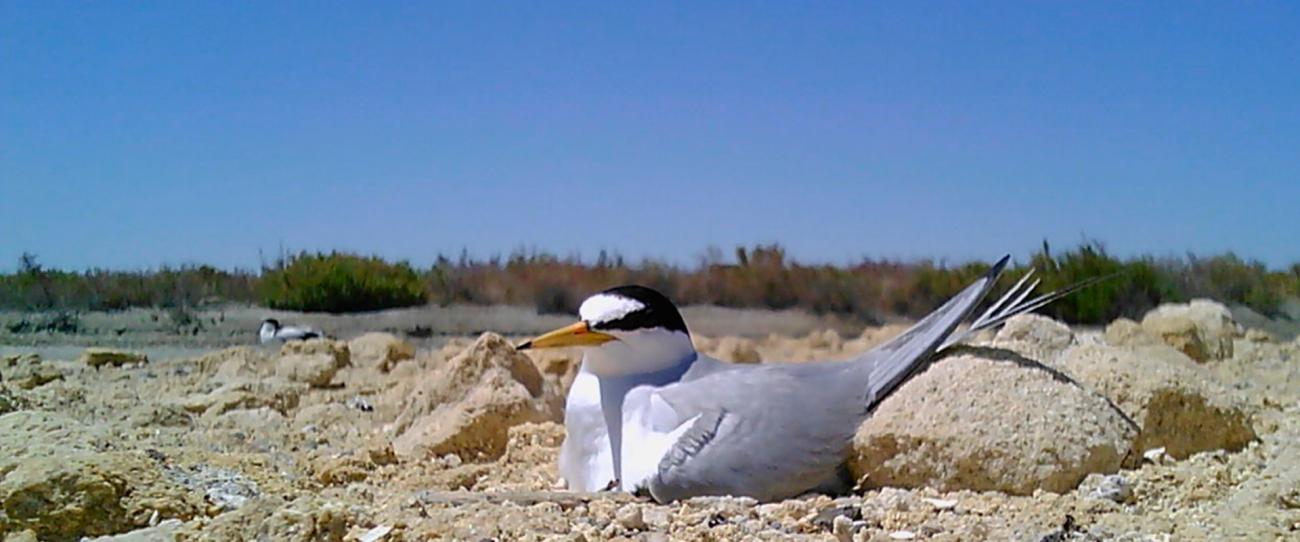
The Shorebirds Eggs, Nests and Incubating Behavior Image Dataset, recently published in DIGITAL.CSIC, includes images of bird eggs and their nests, mainly of shorebirds (Kentish plover Anarhynchus alexandrinus, little ringed plover Charadrius dubius, collared pratincole Glareola pratincola, black-winged silt Himantopus himantopus, pied avocet Recurvirostra avosetta, American oystercatcher Haematopus palliatus, Magellanic oystercatcher Haematopus leucopodus, northern lapwing Vanellus vanellus, southern lapwing Vanellus chilensis, Eurasian thick-knee Burhinus oedicnemus, little tern Sternula albifrons, South American tern Sterna hirundinacea), but also of other species like the red-legged partridge Alectoris rufa and the Eurasian blackbird Turdus merula. In addition, 3-hours long (usually between 12:00 - 15:00 h) image sequences of incubating shorebirds are provided to allow for behavioral studies of, for instance, different thermal stress mitigation mechanisms.
Typically, the whole collections of physical specimens in traditional natural history museums are not available to public, since the museums normally exhibit subsets of such collections and only specialists (artists, scientists) are allowed to access them.
 The collection of eggshells was a frequent activity in the 19th Century and first third of the 20th Century. It is estimated that natural history museums in the world hold more than 5 million clutches, but only a part of them are accessible online, and most usually the images suffer from low resolution, noise, uneven illumination, among others. The collection of physical eggs was severely criticized, since it might affect the population status of many species, and from more than 50 years it is a forbidden activity. Thus, many samples in the museums were collected more than a century ago. Moreover, the coloration of preserved eggshells tends to fade through time simply because natural aging of the pigments, which implies that this might limit their use for some types of studies.
The collection of eggshells was a frequent activity in the 19th Century and first third of the 20th Century. It is estimated that natural history museums in the world hold more than 5 million clutches, but only a part of them are accessible online, and most usually the images suffer from low resolution, noise, uneven illumination, among others. The collection of physical eggs was severely criticized, since it might affect the population status of many species, and from more than 50 years it is a forbidden activity. Thus, many samples in the museums were collected more than a century ago. Moreover, the coloration of preserved eggshells tends to fade through time simply because natural aging of the pigments, which implies that this might limit their use for some types of studies.
In contrast, the images in this dataset will not be affected by time-related factors, which would made the results of different studies using them comparable independently of the dates in which they were taken. Clearly, the number of species in this dataset is small. However, establishing partnerships with online repositories in which eggshell images are deposited would serve to create a virtual eggshell collection with a huge quantity of high-quality images, from many bird species around the world. And particularly, if the images are taken using standardized methods, like ours, they would be amenable for ecological and evolutionary studies. Furthermore, the incorporation of images using new technologies, such as X-rays, hyperspectral, thermal IR, …, would facilitate studies from new perspectives. Obviously, such virtual collections would not only be accessible to researchers working remotely, but to all citizens under the FAIR principles.
This research work has been made possible thanks to funding from the project Effects of anthropogenic geological invasions on nest camouflage strategies in the Kentish Plover Charadrius alexandrinus (CAMNID).


